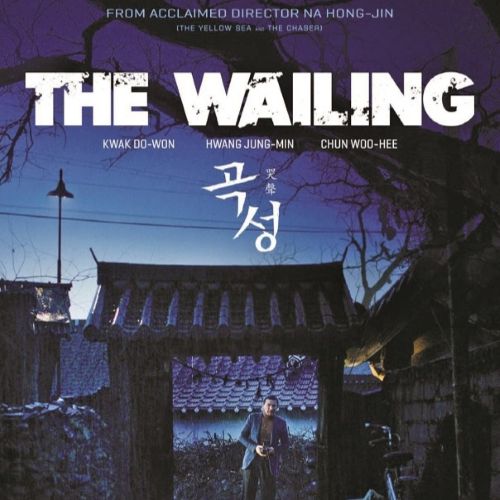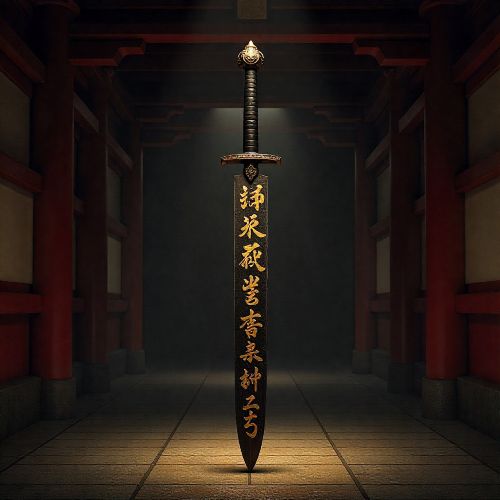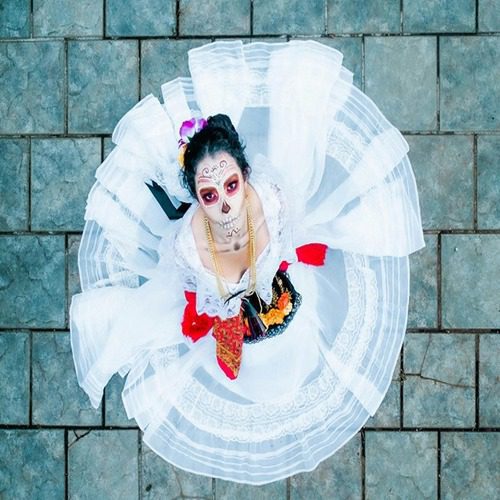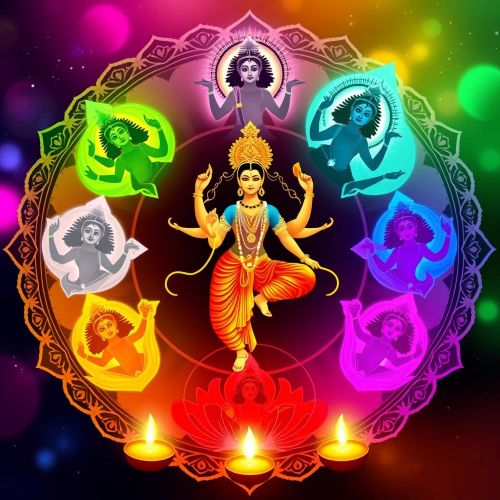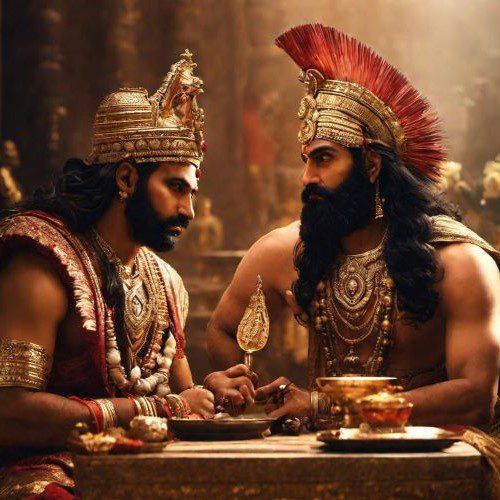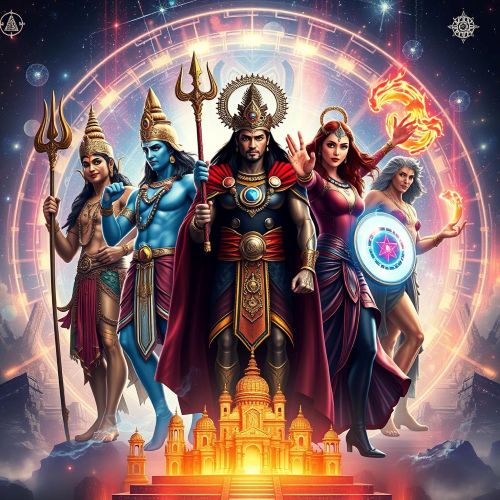
Hindu Gods in Marvel: Parallels with Superheroes You Didn’t Notice
Introduction
Superheroes and gods may seem like different entities, but the lines blur when we explore the spiritual roots and mythical inspirations behind them. Marvel and DC, the giants of comic book mythology, often mirror ancient religious stories and divine personas, particularly those found in Hindu mythology. This article delves into the powerful similarities between iconic superheroes and Hindu gods, showcasing how these deities have influenced pop culture and led to a growing presence of Hindu gods in Marvel.
Thor and Indra: The Thunder Gods
Thor, Marvel’s Norse god of thunder, is perhaps the most overtly divine character in the superhero world. However, his Indian counterpart can be found in Indra, the Hindu god of rain, storms, and thunder.
Both are known for wielding divine weapons—Thor has Mjölnir, while Indra carries the Vajra. They’re also fierce warriors and leaders among the gods, residing in heavenly realms: Asgard and Svarga respectively. The similarities go deeper when we consider their volatile tempers and pride, as well as their roles in protecting divine order from demonic forces.
Doctor Strange and Shiva: Masters of Time and Transformation
Doctor Strange, Marvel’s Sorcerer Supreme, has powers tied to mysticism, cosmic knowledge, and the manipulation of time. These qualities resonate with Lord Shiva—one of the principal deities in Hinduism, known as the destroyer and regenerator of the universe.
Shiva, often depicted meditating in the Himalayas, is a master of yoga, trance, and divine knowledge. Doctor Strange, too, seeks enlightenment in the Himalayas before unlocking mystical powers. Both figures serve as guardians between dimensions, ensuring the cosmic balance remains intact.
Superman and Vishnu: The Divine Preservers
Superman, the moral core of the DC Universe, is often regarded as a messianic figure—sent from another world to protect humanity. Vishnu, the Hindu god of preservation, mirrors this role with his ten avatars (Dashavatara), each descending to Earth during times of crisis to restore balance.
Vishnu’s avatar Rama is a noble prince upholding dharma (righteousness), much like Superman’s unwavering moral compass. Krishna, another avatar, uses wit, charisma, and wisdom—traits also found in Superman’s dual identity as Clark Kent. The idea of a god taking human form to save humanity is central to both.
Scarlet Witch and Kali: Wielders of Chaos and Creation
Scarlet Witch’s chaotic magic and power over reality recall the fierce Hindu goddess Kali, who represents destruction, transformation, and rebirth. While Kali is feared for her raw, untamed energy, she’s also revered for clearing away evil to allow new growth. Wanda Maximoff similarly walks the line between heroine and anti-heroine, with her abilities fluctuating between saving and destroying. Both figures are misunderstood and immensely powerful, capable of wiping out entire realities—yet with the potential for redemption and balance.
Batman and Hanuman: Discipline, Strength, and Loyalty
Batman might not have divine powers, but his physical prowess, discipline, and unwavering devotion to justice are reminiscent of Hanuman, the monkey god known for his strength, devotion to Lord Rama, and immense self-control.
Both operate under strict personal codes, work in the shadows, and rely more on discipline than divine intervention. Hanuman’s leap to Lanka mirrors Batman’s daring missions, and their shared themes of loyalty and service to a higher cause make this comparison powerful.
The Rise of Hindu Gods in Marvel
While many superheroes are inspired by mythological archetypes, Marvel has directly referenced Hindu deities in its comics. Characters like Vishnu and Shiva have appeared briefly, often as background entities in cosmic tales. More recently, Marvel has introduced Indian superheroes like Karma and Indra—mutants influenced by Hindu culture.
With the Marvel Cinematic Universe expanding into multiverses and alternate realities, fans are speculating about the future inclusion of Hindu gods in Marvel more prominently. Indian mythology offers a vast and vibrant universe filled with complex gods, cosmic wars, and moral dilemmas—making it a rich source for future storytelling.
Why This Comparison Matters
Drawing parallels between superheroes and Hindu gods doesn’t diminish the sanctity of mythology; instead, it showcases the timeless nature of archetypes—heroes who fight for truth, balance, and justice. It also reflects how cultures influence modern storytelling, offering representation and global resonance. In a world where mythology and comics increasingly intertwine, understanding these parallels helps us appreciate both traditions more deeply.
Conclusion
Marvel and DC heroes may wear capes instead of robes, but the divine echoes are unmistakable. Whether it’s Thor’s thunder, Doctor Strange’s mysticism, or Scarlet Witch’s cosmic wrath, these characters owe much to the rich mythological tapestry of ancient civilizations. As the demand for representation grows, we may soon see more Hindu gods in Marvel, not just as footnotes but as central figures of power and narrative.
Must watch Movies
Celestial Weapons
No posts were found.
How useful was this post?
Click on a star to rate it!
Average rating 0 / 5. Vote count: 0
No votes so far! Be the first to rate this post.
We are sorry that this post was not useful for you!
Let us improve this post!
Tell us how we can improve this post?



